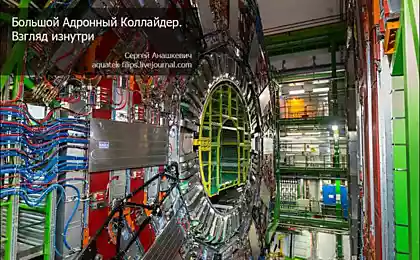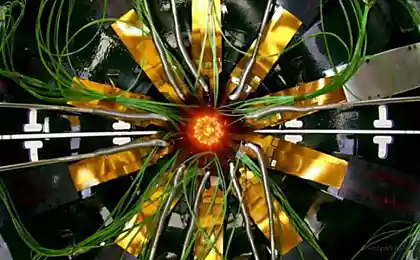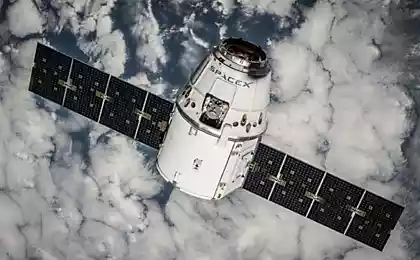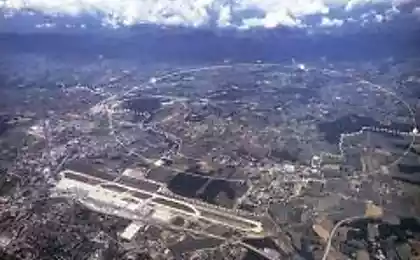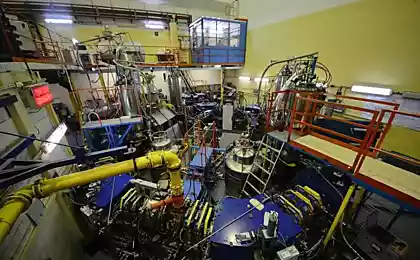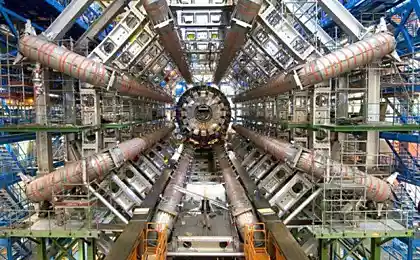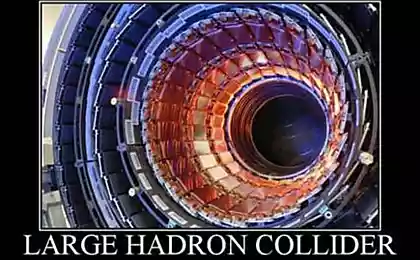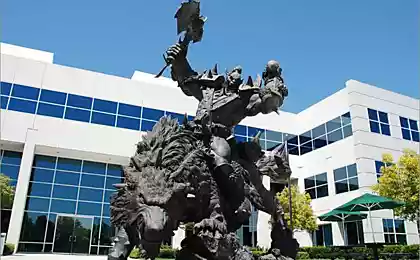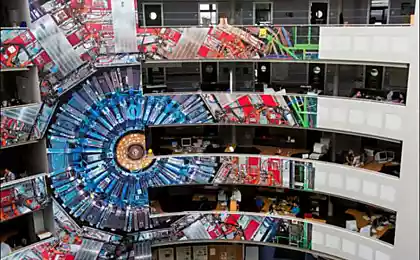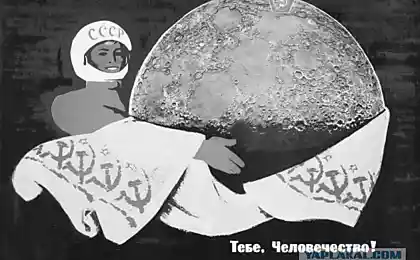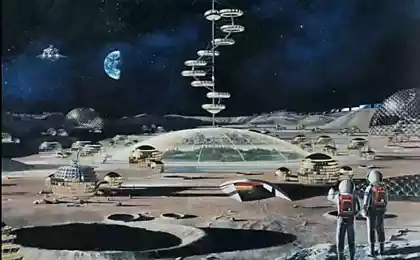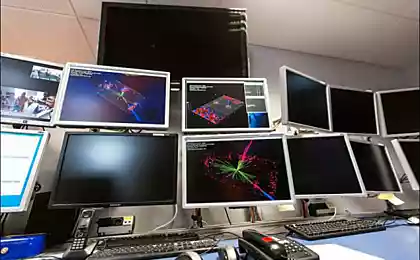1330
Coming soon will launch the Large Hadron Collider
Today, September 10, at 9:30 am Central European Time (11:30 Moscow) will make his first start of the Large Hadron Collider (LHC), which is a project of the European Laboratory for Particle Physics (CERN).
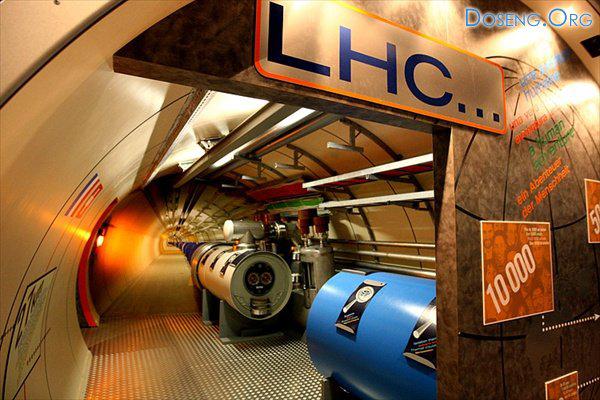
The Large Hadron Collider (Large Hadron Colliders) - this gigantic structure built on a 100-meter depth on the border of France and Switzerland. Collider is a 27-kilometer circular tunnel, which is set particle accelerator in the form of a giant pipe. In it using powerful electromagnets 120 is supposed to disperse close to light speed (99, 9%) colliding beams of protons.
CERN scientists believe that the experiment will reproduce in miniature "Big Bang", which is 13, 7 billion years ago marked the beginning of the universe. In addition, they hope to discover two new particles, previously unknown to mankind and subsequently open the way to time travel.
Critics believe that the experiment "loony physicists", Big Bang will happen that will lead to the emergence of a new universe, and the old, that is ours, will be lost. According to them, our universe was formed from the fact that someone in the previous universe created and launched its Large Hadron Collider.
Other skeptics of this experiment believe in the theory that the LHC will create a black hole that sucks in all of us, or a hole is formed at a different time, which again suck our planet.
About who was right and who is wrong, we will know in a few hours. In the meantime, we suggest to see photos of the LHC, capable of destroying our planet, or discover the secrets of the universe.
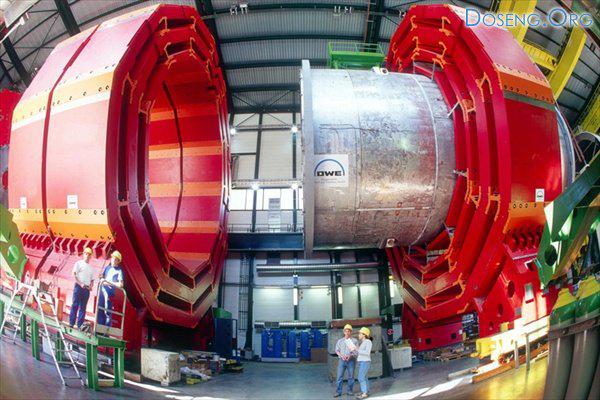
The new accelerator is designed for energy, especially beyond the control of mankind. With it, you can get new particles, which are now known, the new state of matter.
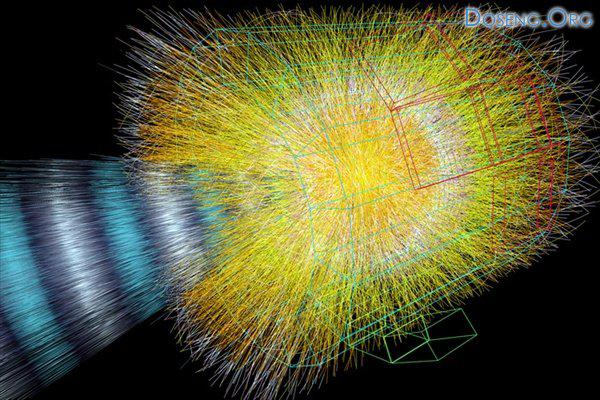
On the accelerator ring are four detector station - ATLAS, CMS, ALICE and LHCb. It's kind of a trap-the-art research laboratories and at the same time. They are designed to help scientists detect and register instrumental expected (predicted) theorists effects in collisions of high-energy particles, to identify them. Also, it is possible to identify and try to explain a completely new phenomenon and the state, reports Lenta.ru.
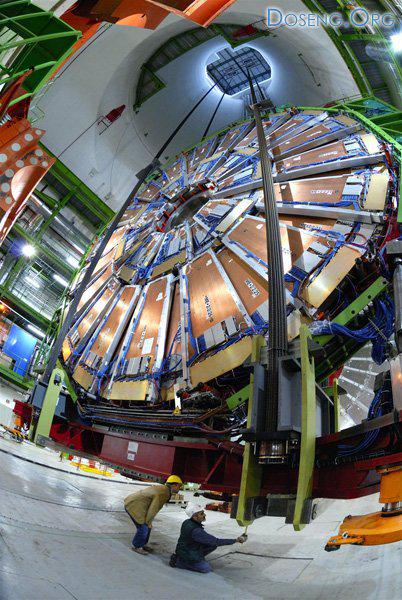
Each detector - the height of a multi-storey building and literally packed with electronics. Suffice it to say that the CMS weighs 12 5 th. Tons, designed and built with the cooperation of 2250 physicists from 33 countries.
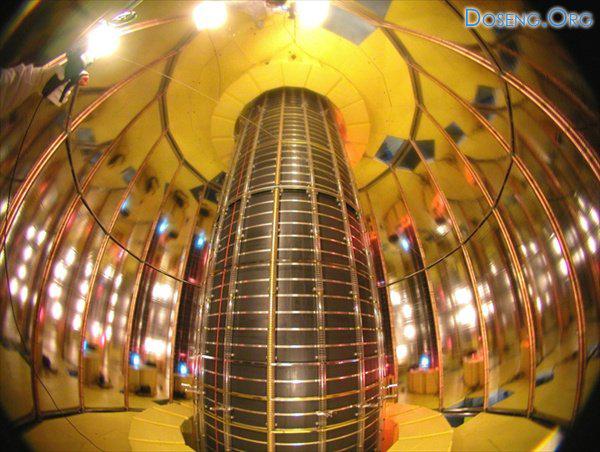
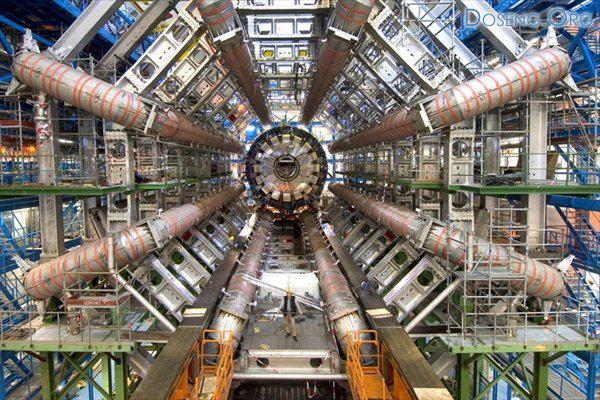
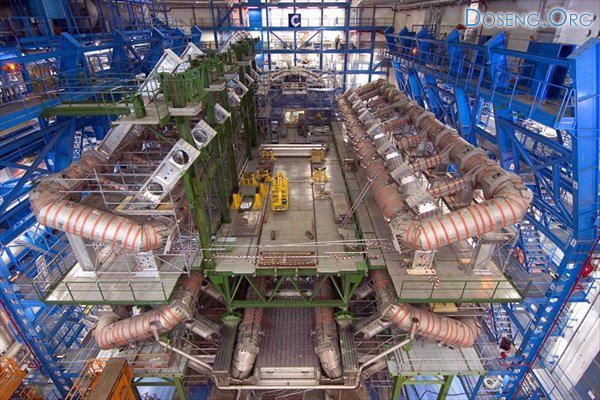
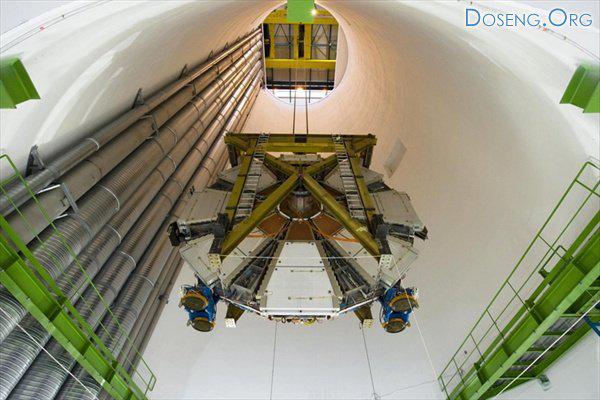
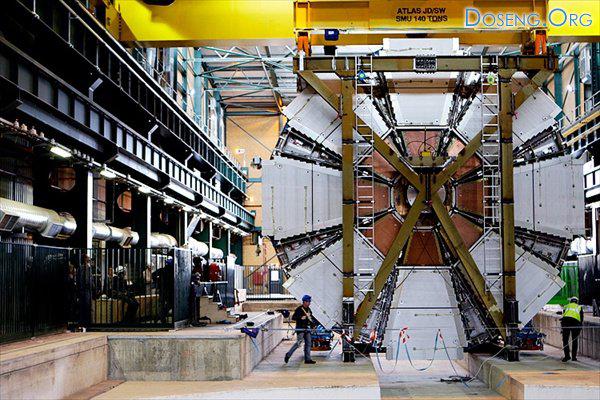
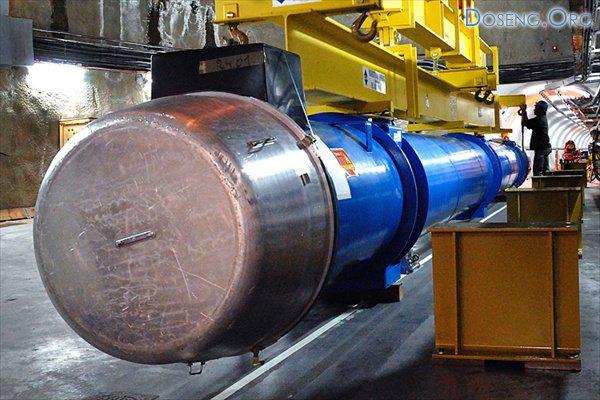
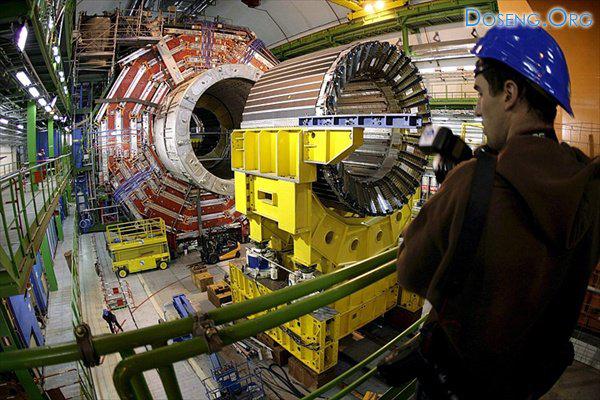
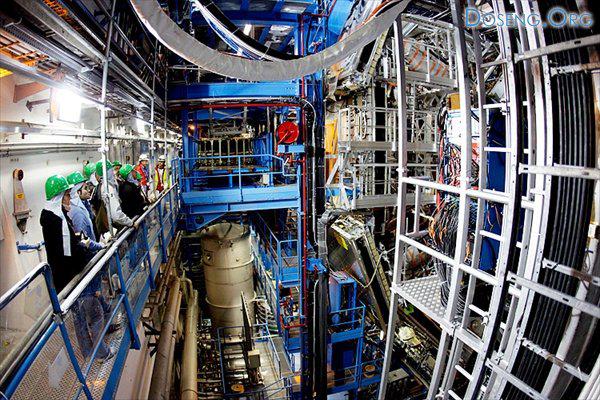

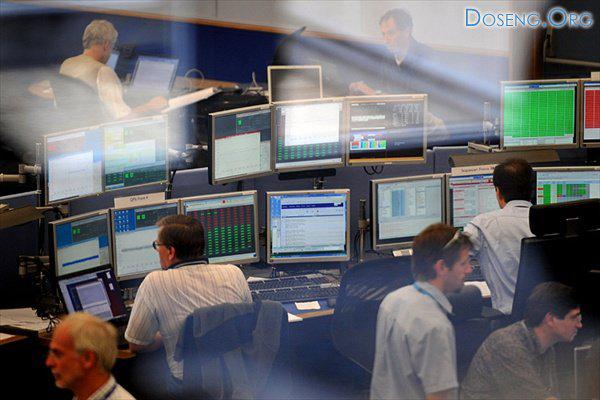
Tons of sophisticated equipment, cables, wires, now hidden from view. Appliances remotely controlled. Thick concrete slabs protect mine from radiation leaks, which is theoretically possible.
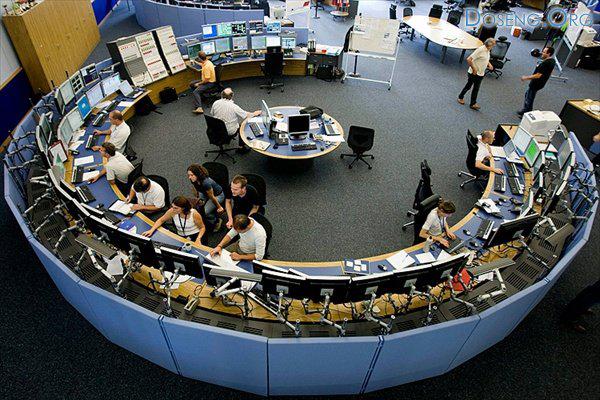
Countdown to the launch of the Large Hadron Collider.
Photos: AP, AFP, CERN.

The Large Hadron Collider (Large Hadron Colliders) - this gigantic structure built on a 100-meter depth on the border of France and Switzerland. Collider is a 27-kilometer circular tunnel, which is set particle accelerator in the form of a giant pipe. In it using powerful electromagnets 120 is supposed to disperse close to light speed (99, 9%) colliding beams of protons.
CERN scientists believe that the experiment will reproduce in miniature "Big Bang", which is 13, 7 billion years ago marked the beginning of the universe. In addition, they hope to discover two new particles, previously unknown to mankind and subsequently open the way to time travel.
Critics believe that the experiment "loony physicists", Big Bang will happen that will lead to the emergence of a new universe, and the old, that is ours, will be lost. According to them, our universe was formed from the fact that someone in the previous universe created and launched its Large Hadron Collider.
Other skeptics of this experiment believe in the theory that the LHC will create a black hole that sucks in all of us, or a hole is formed at a different time, which again suck our planet.
About who was right and who is wrong, we will know in a few hours. In the meantime, we suggest to see photos of the LHC, capable of destroying our planet, or discover the secrets of the universe.

The new accelerator is designed for energy, especially beyond the control of mankind. With it, you can get new particles, which are now known, the new state of matter.

On the accelerator ring are four detector station - ATLAS, CMS, ALICE and LHCb. It's kind of a trap-the-art research laboratories and at the same time. They are designed to help scientists detect and register instrumental expected (predicted) theorists effects in collisions of high-energy particles, to identify them. Also, it is possible to identify and try to explain a completely new phenomenon and the state, reports Lenta.ru.

Each detector - the height of a multi-storey building and literally packed with electronics. Suffice it to say that the CMS weighs 12 5 th. Tons, designed and built with the cooperation of 2250 physicists from 33 countries.










Tons of sophisticated equipment, cables, wires, now hidden from view. Appliances remotely controlled. Thick concrete slabs protect mine from radiation leaks, which is theoretically possible.

Countdown to the launch of the Large Hadron Collider.
Photos: AP, AFP, CERN.
